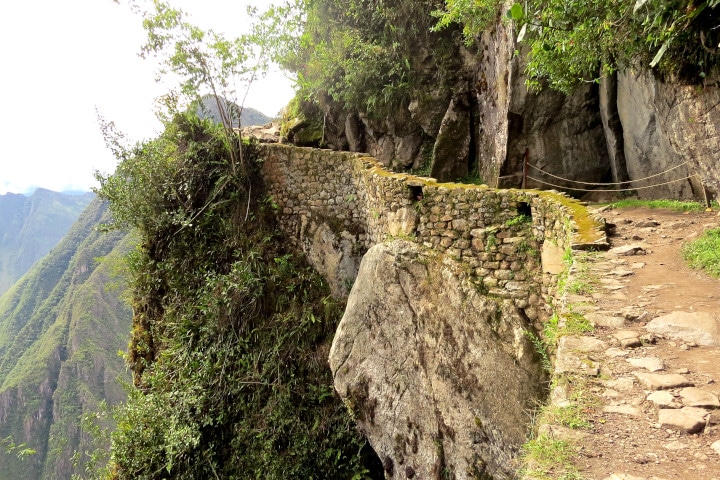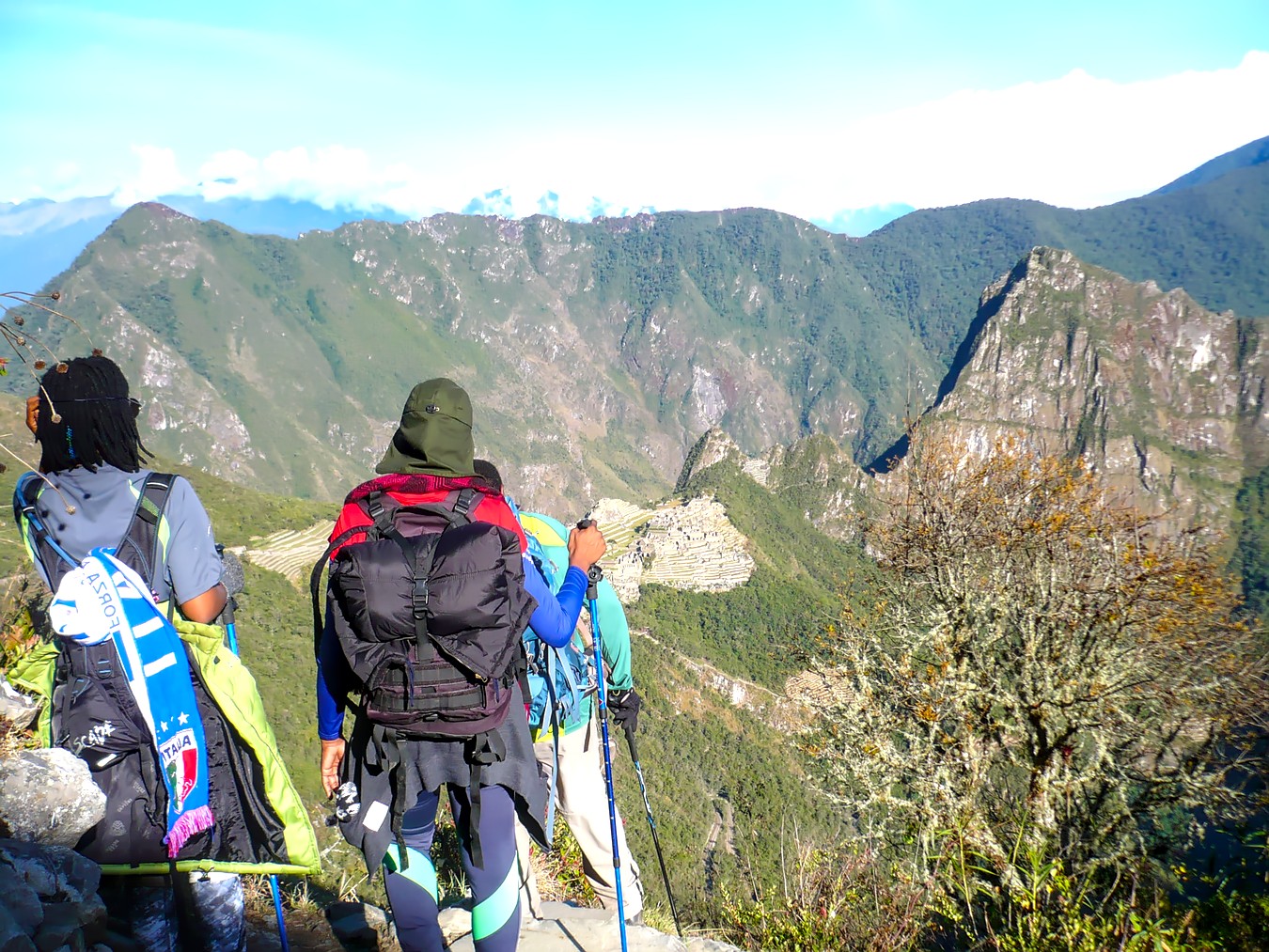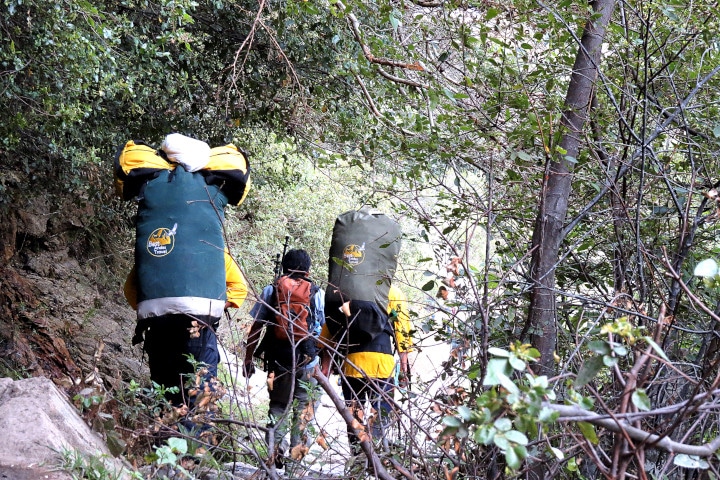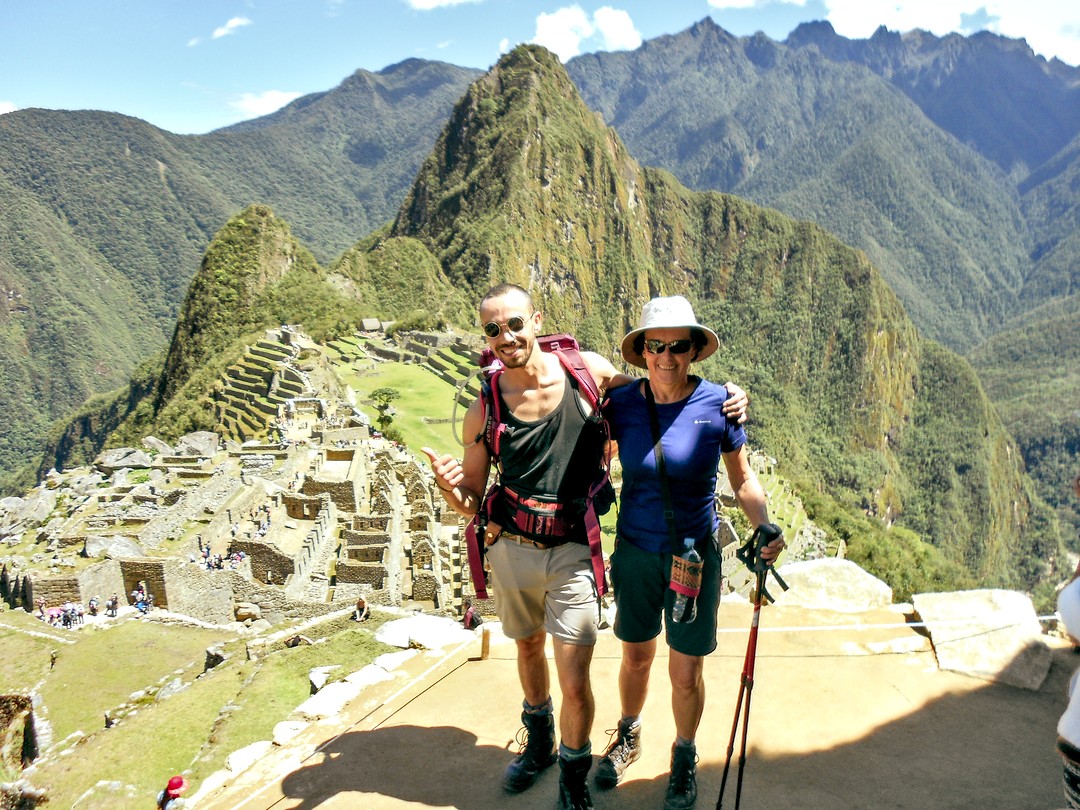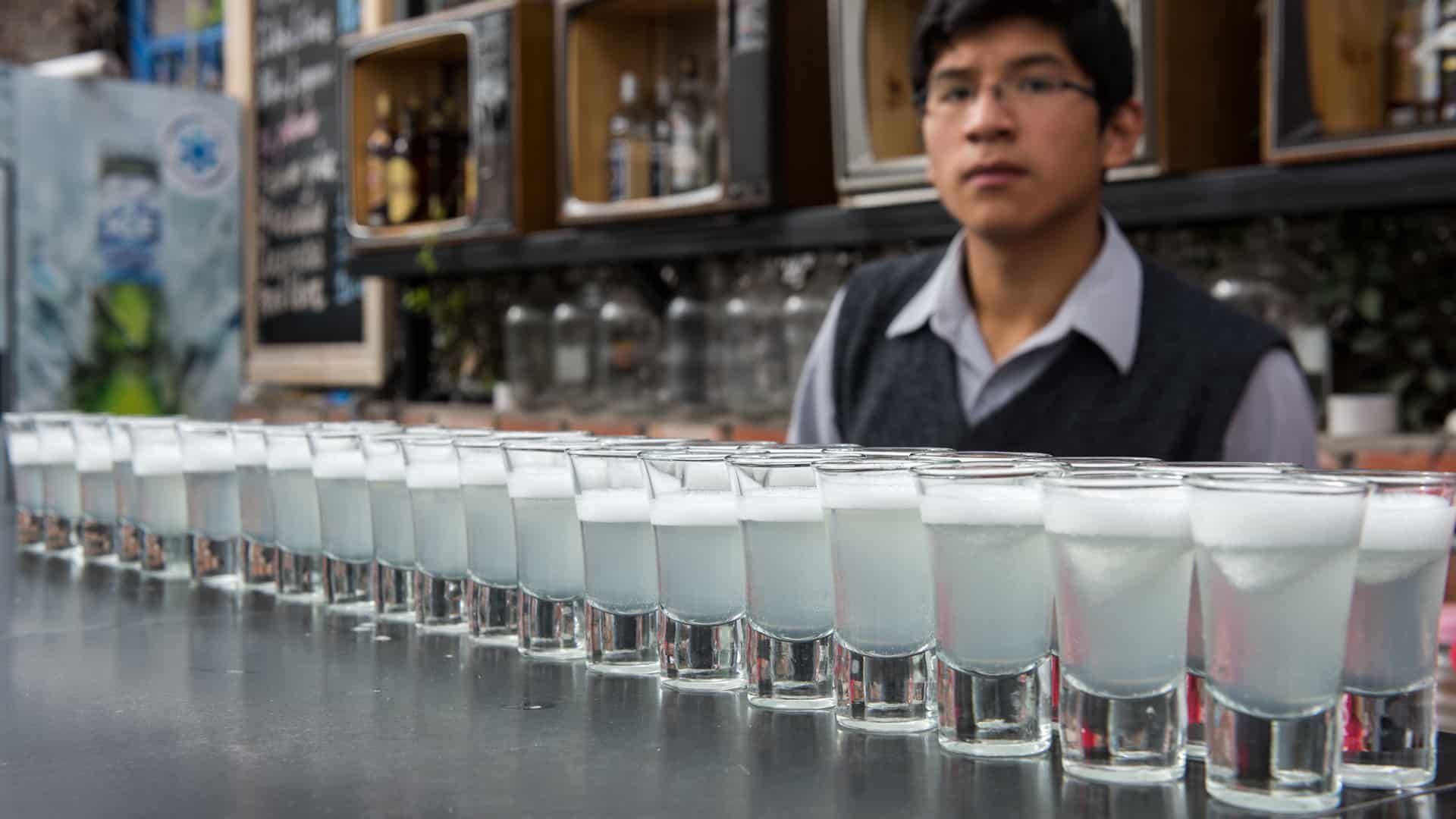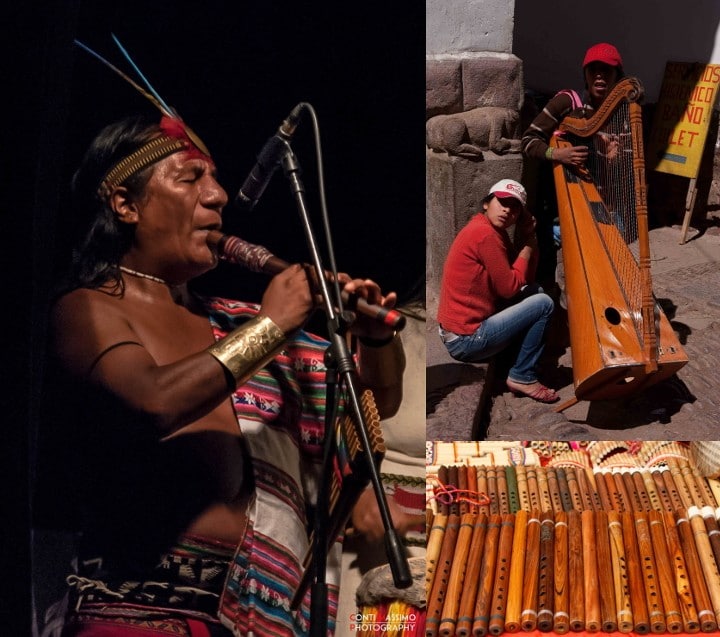Lima the Capital of Peru
Lima: The Capital of Peru
Lima, the largest city in Peru, is not only the country’s capital but also one of the most significant urban centers in South America. Known as “the City of Kings” (La Ciudad de los Reyes), Lima has a rich history, vibrant culture, and a strategic location that has made it a focal point of Peru’s development. Situated in the valleys of the Rimac, Chillon, and Lurin rivers along the Pacific Ocean, Lima boasts a unique geography. The city spans approximately 2,672 square kilometers, while the Lima Metropolitan Area, which includes the seaport of Callao, covers 2,819 square kilometers. With a population of around 12 million, Lima is the third-largest city in South America, following São Paulo and Mexico City.
What Is the Capital of Peru? Lima
Lima has been the capital of Peru since its founding in 1535. It serves as the political, economic, and cultural heart of the country. As the seat of the government, Lima houses key institutions such as the Government Palace, the Legislative Palace, and the Palace of Justice. The city’s central location and historical significance have cemented its role as the administrative hub of Peru.
The History of Lima
Lima’s history is deeply rooted in the pre-Columbian era, when the region was inhabited by indigenous peoples. By the 15th century, the Inca Empire had established control over the area. However, in 1532, the Spanish conquistadors, led by Francisco Pizarro, defeated the Inca ruler Atahualpa and took over the region. On January 18, 1535, Pizarro founded Lima, which quickly grew into a vital city under Spanish rule.
During the colonial period, Lima became the capital of the Viceroyalty of Peru, a key administrative region for the Spanish Empire in South America. After Peru gained independence on July 28, 1821, Lima retained its status as the capital city. Today, its historic center, a UNESCO World Heritage Site, reflects its colonial past and cultural heritage.
Lima Language
Peru is a multilingual nation, but Spanish is the dominant language spoken in Lima and across the country. Approximately 84% of the population speaks Spanish, also known as Español or Castellano. It is the primary language used in government, education, and media. Visitors may notice slight variations in the Spanish spoken in Peru compared to other Spanish-speaking countries.
In addition to Spanish, indigenous languages such as Quechua and Aymara are also spoken. Quechua, the language of the Inca Empire, is the second most common language in Peru, spoken by about 13% of the population. Aymara, spoken by around 1.7% of Peruvians, is primarily used in the southern regions near Bolivia and Lake Titicaca.
Lima Predominant Religion
Christianity, particularly Roman Catholicism, is the dominant religion in Lima and throughout Peru. The Catholic Church has played a significant role in shaping the country’s culture and traditions. However, due to increasing diversification, other religions such as Buddhism, Islam, and the Church of Jesus Christ of Latter-day Saints are also present.
Many indigenous Peruvians have blended their traditional beliefs with Catholicism, creating a unique religious landscape. This syncretism is evident in festivals, rituals, and daily practices throughout Lima.
Lima Currency
The official currency of Peru is the Nuevo Sol (PEN). It is widely used in Lima for all transactions, from shopping at local markets to dining at restaurants. Visitors can easily exchange currency at banks, exchange offices, or ATMs located throughout the city.
Lima Climate
Lima enjoys a pleasant, mild climate throughout the year, characterized by warm temperatures, high humidity, and minimal rainfall. The city’s coastal location moderates its climate, making it an attractive destination for travelers. However, the lack of rain has led to unique environmental challenges, such as water scarcity.
Lima Main Attractions
Lima is home to numerous attractions that showcase its rich history and vibrant culture. Some of the must-visit sites include:
- Historic Center of Lima: A UNESCO World Heritage Site, this area features colonial architecture, including the Government Palace and the Cathedral of Lima.
- Larco Museum: Known for its extensive collection of pre-Columbian artifacts, this museum offers insights into Peru’s ancient civilizations.
- Magic Water Circuit: Located in the Parque de la Reserva, this attraction features stunning water fountains and light shows.
Other Attractions in Lima
Beyond the main attractions, Lima offers a variety of other experiences for visitors:
- Caral: One of the oldest civilizations in the Americas, Caral is a UNESCO World Heritage Site located north of Lima.
- Miraflores: A trendy district known for its parks, shopping centers, and ocean views.
- Larcomar: A popular shopping and entertainment complex built into the cliffs of Miraflores, offering stunning views of the Pacific Ocean.
Conclusion
Lima, the capital of Peru, is a city of contrasts, where history meets modernity. From its colonial architecture and ancient ruins to its bustling markets and vibrant nightlife, Lima offers something for everyone. Whether you’re exploring the city of Lima Peru or delving into its rich cultural heritage, this dynamic metropolis is sure to leave a lasting impression.
Related Content:
- 20 Wonderful Things to See and Do While Visiting Lima, Peru
- Best Hotels in Lima Peru
- Lima City Tour

